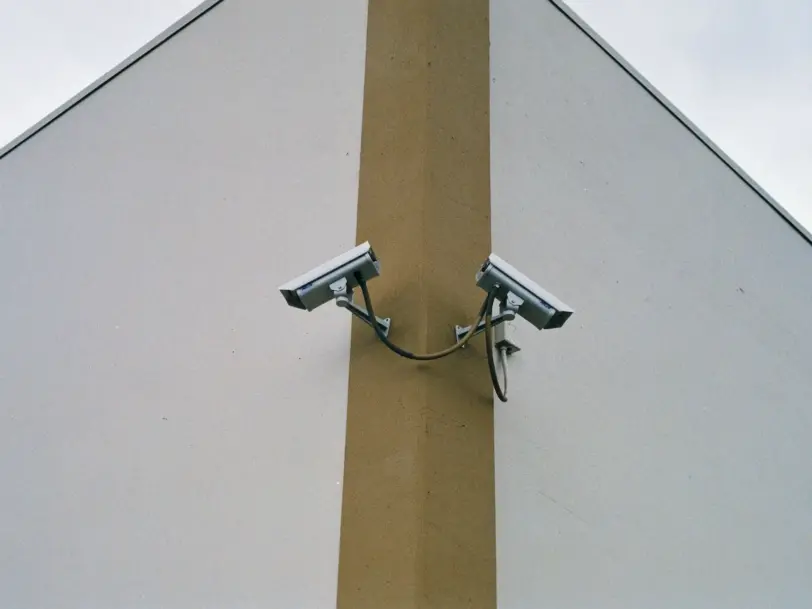What is the difference between analog and IP camera?

When it comes to protecting your home or business, having a video surveillance system is vital. Two common options on the market are IP camera systems and analog cameras. In this article, we will examine in detail what these systems are and their differences. Whether you prefer the digital technology of IP cameras or the simplicity of analog cameras, you’ll find valuable information to make a smart decision.
What is an IP camera?
An IP security camera is a video surveillance device that uses network technology to capture, transmit and store images and videos in digital format. Unlike analog cameras, IP cameras connect to a data network via an Ethernet cable or wirelessly, allowing them to communicate directly with other devices on the network, such as computers or servers. These cameras have their own IP addresses, making them accessible and controllable over the internet.
What is an analog camera?
Analog cameras are traditional security cameras that transmit video signals in analog format. Although they offer more limited features compared to IP cameras, they still continue to be used in some applications. An important thing to consider about analog cameras is their cost and simplicity. Analog cameras are generally cheaper and easier to install. This makes them an attractive option for those on a budget or who do not need advanced functions.
Comparison Between IP Cameras and Analog Cameras
IP cameras are digital devices that connect directly to an IP network, while analog cameras transmit video signals in analog format. The main difference lies in the way they transmit and process video information. While IP cameras offer superior image quality, internet connectivity and advanced functions, analog cameras are more limited in terms of image quality and remote access.
Advantages of IP cameras
- Image Quality: IP cameras offer superior resolution and image quality, allowing you to capture vivid and clear details.
- Connection and Remote Access: IP cameras connected to an IP network allow remote access from anywhere and at any time via internet-connected devices.
- Advanced Functions: IP cameras offer features such as motion detection, cloud recording, and video management system (VMS) support, making it easy to manage and control multiple cameras from a central platform
Advantages of analog cameras
- Cost: Analog cameras generally have a lower up-front cost than IP cameras, making them an attractive option for those on a budget.
- Simplicity: Installing and configuring an analog camera system is simpler and requires less technical knowledge than IP cameras.
- Compatibility: Analog cameras are compatible with existing DVR (Digital Video Recorder) systems, allowing you to take advantage of already established infrastructure.
Disadvantages of analog cameras
Analog cameras have lower resolution and image quality compared to digital cameras. Analog technology has limitations in terms of sharpness, detail and color reproduction. This can make it difficult to accurately identify objects or people in a recording.
With the analog camera system, recordings are stored on video tapes or special hard drives. This can make it more complex to store large volumes of data and access them when needed. Additionally, searching for and reviewing specific records can be time-consuming because you can’t quickly search by specific keywords or dates like you can with digital cameras.
Analog camera systems are generally designed for a specific purpose and are not as flexible as digital systems. Adding or relocating cameras may require additional cabling and changes to existing infrastructure. Additionally, if you want to expand the system in the future, it can be expensive and complicated due to compatibility limitations and outdated technology.